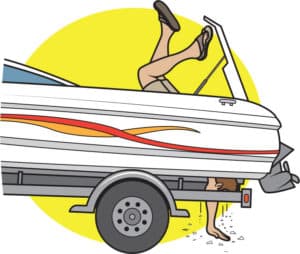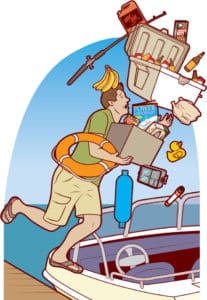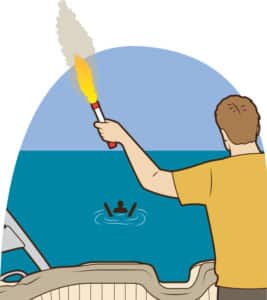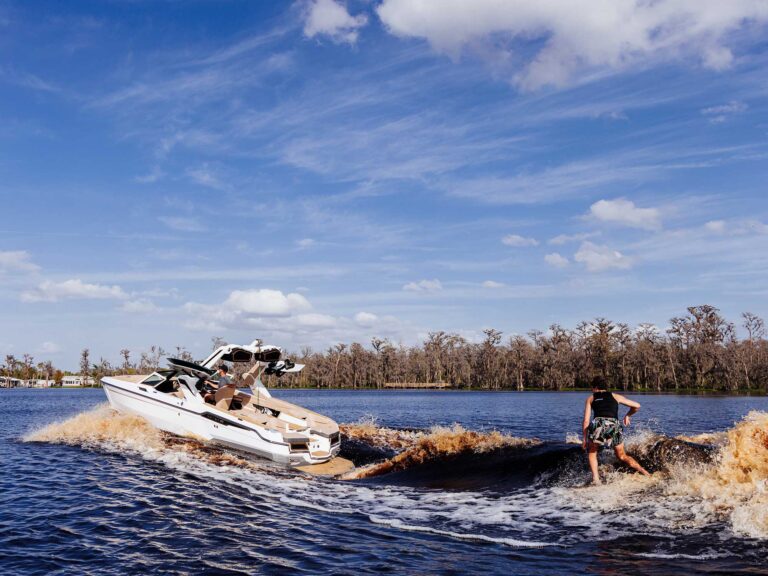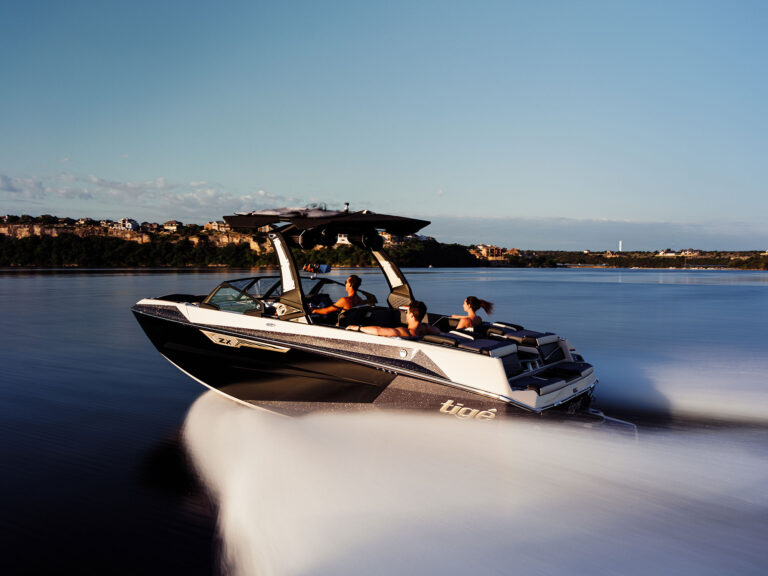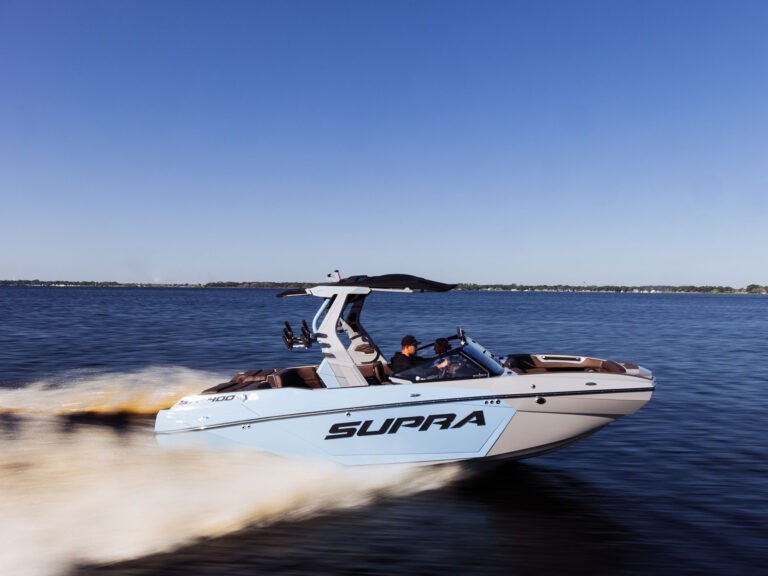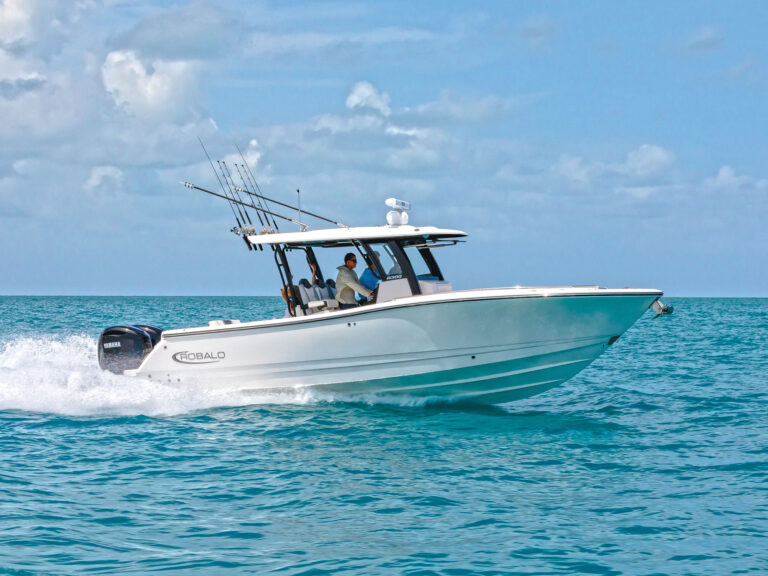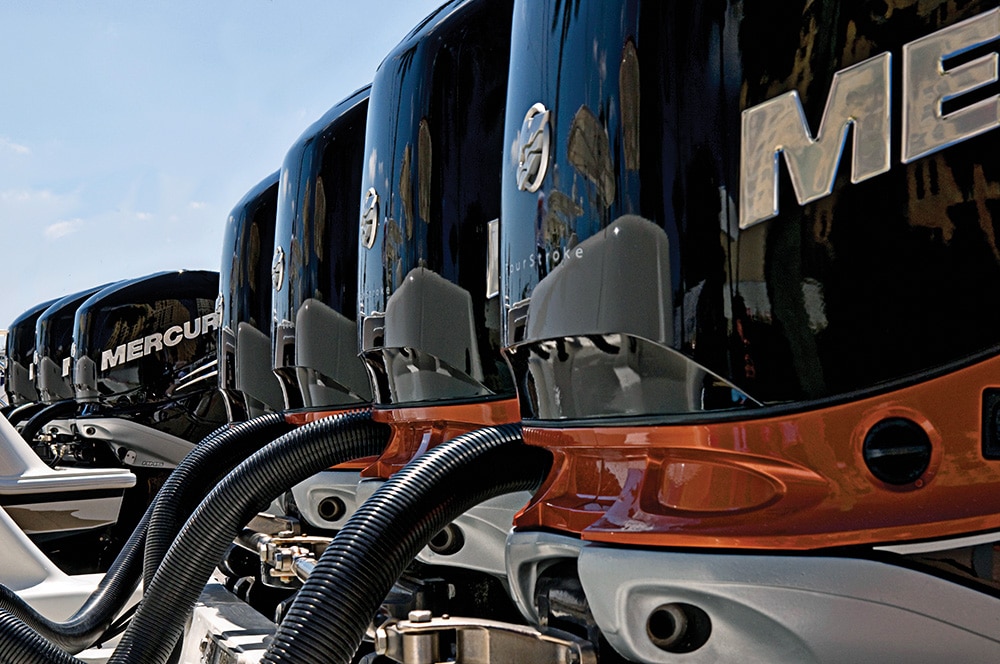
Triple vs Quad Outboards
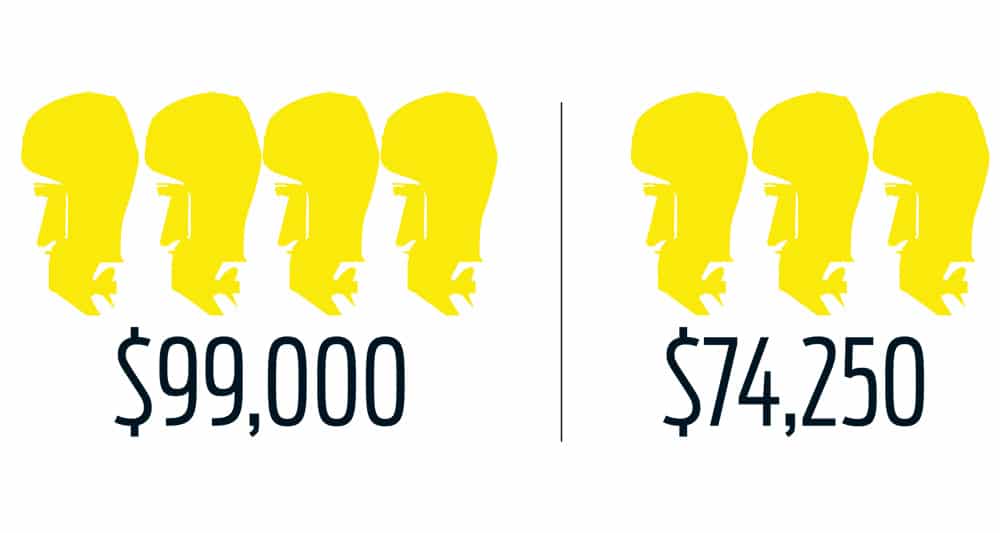
Triple vs Quad Outboards
How much more do four outboards cost? To give you an idea, Suzuki’s DF250AP V-6 outboard carries a manufacturer’s suggested retail price of $24,750 (25-inch shaft). Of course, no one pays full manufacturer’s suggested retail price, but there are other purchase costs to think about with a fourth outboard, like extra rigging components such as steering, electrical harnesses, gauges and props that will cost thousands more, not to mention the labor. Winner: Trips
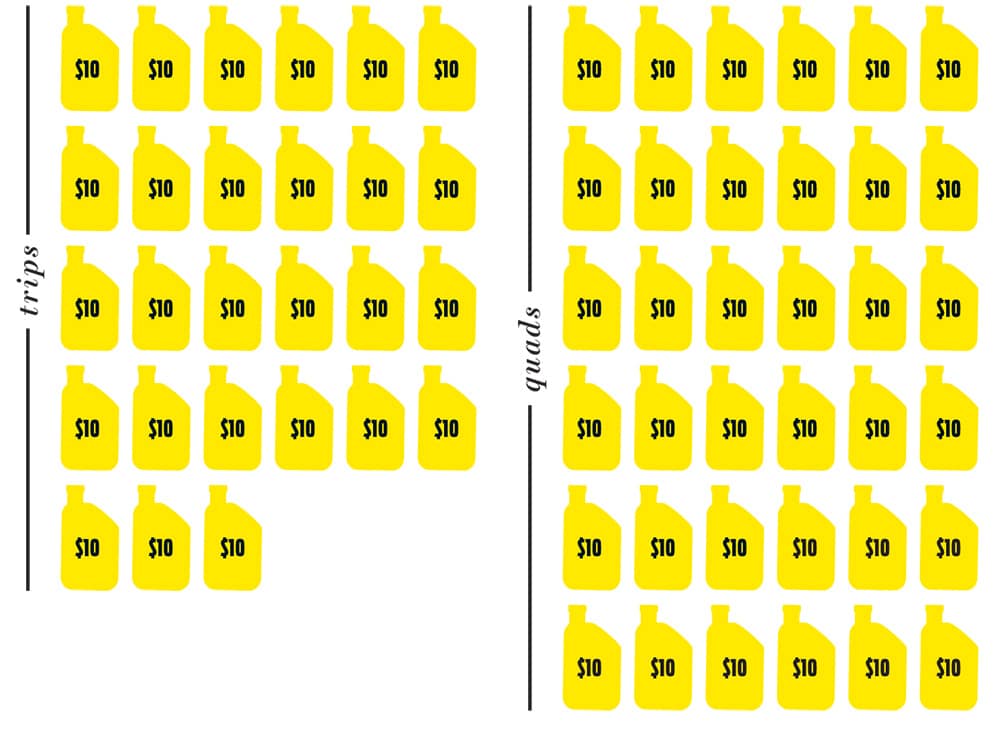
Triple vs Quad Outboards
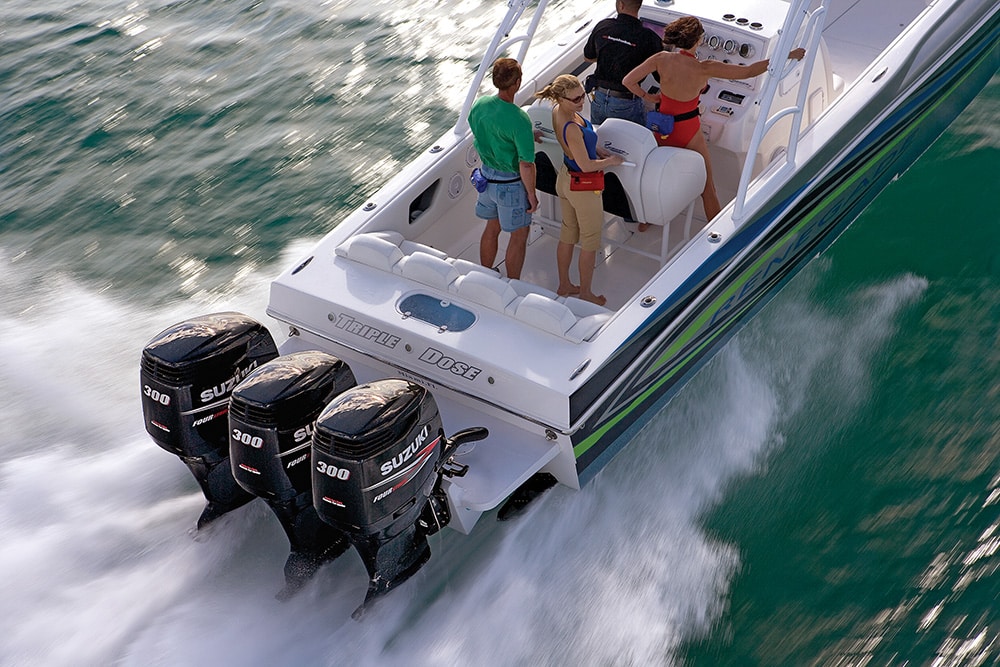
Triple vs Quad Outboards
The difference is negligible. Both trips and quads offer excellent control in tight marinas. Winner: Tie
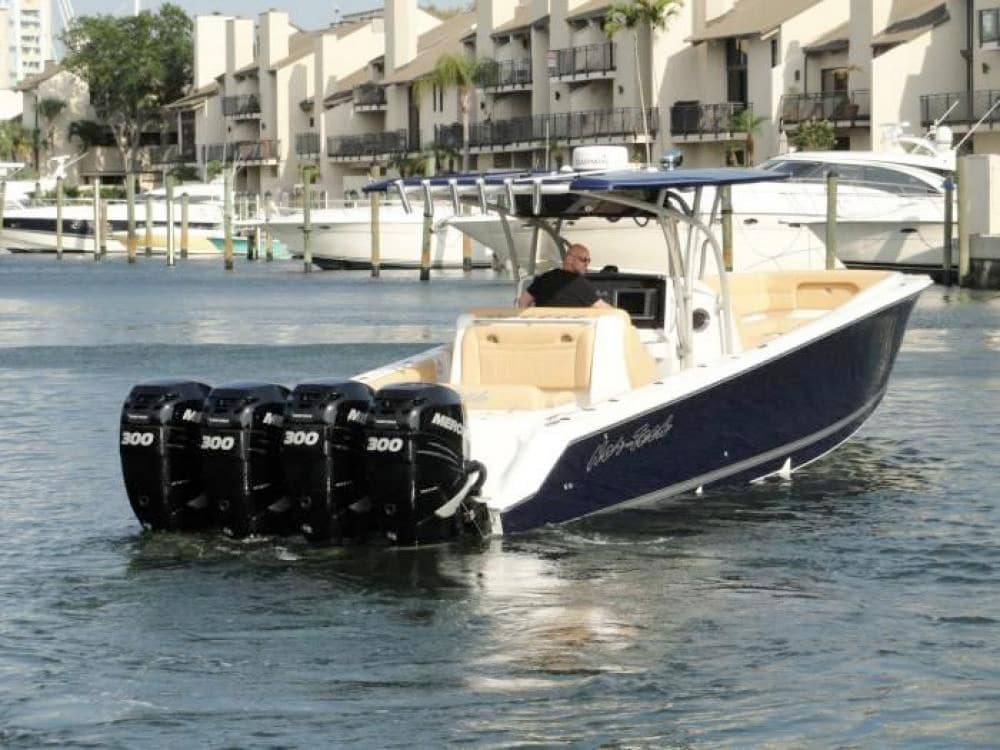
Triple vs Quad Outboards
All other things being equal, if you run balls to the wall, quads will burn more fuel, and though you go faster, miles per gallon are usually worse than with trips at wide-open throttle. However, ease up a bit and optimum mpg can be quite close between trips and quads — though the speeds at which they achieve their best mpg will be different. Quads will be faster. Winner: Tie
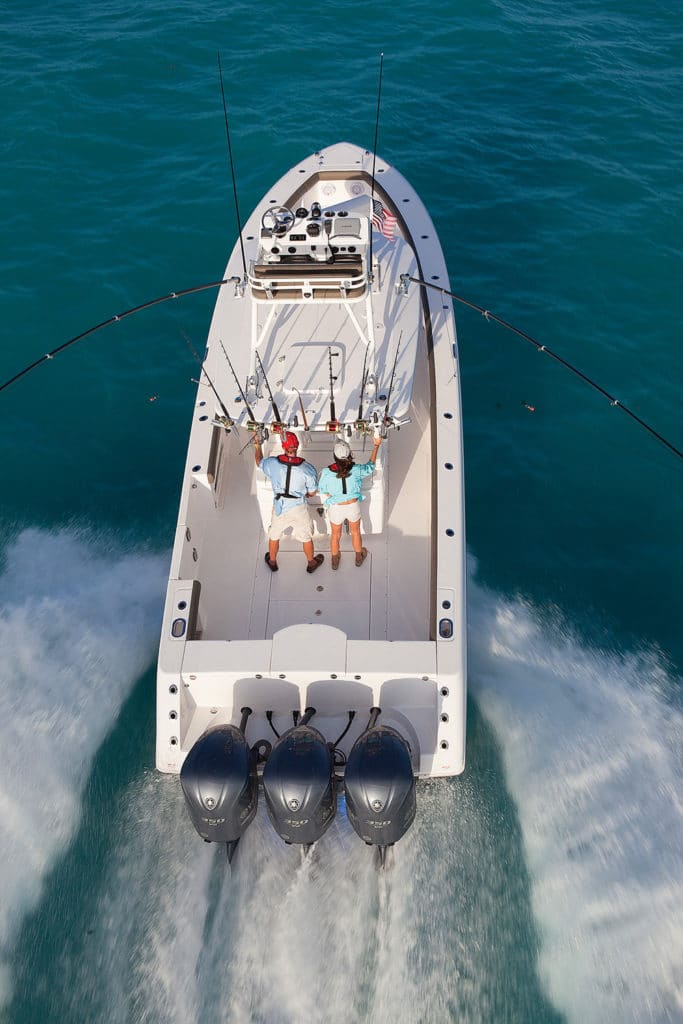
Triple vs Quad Outboards
Unlike all-out speed, hole shot can improve significantly when you add a fourth outboard to the same boat. This can result in a two- or three-second decrease in 0-to-30 mph times. Winner: Quads
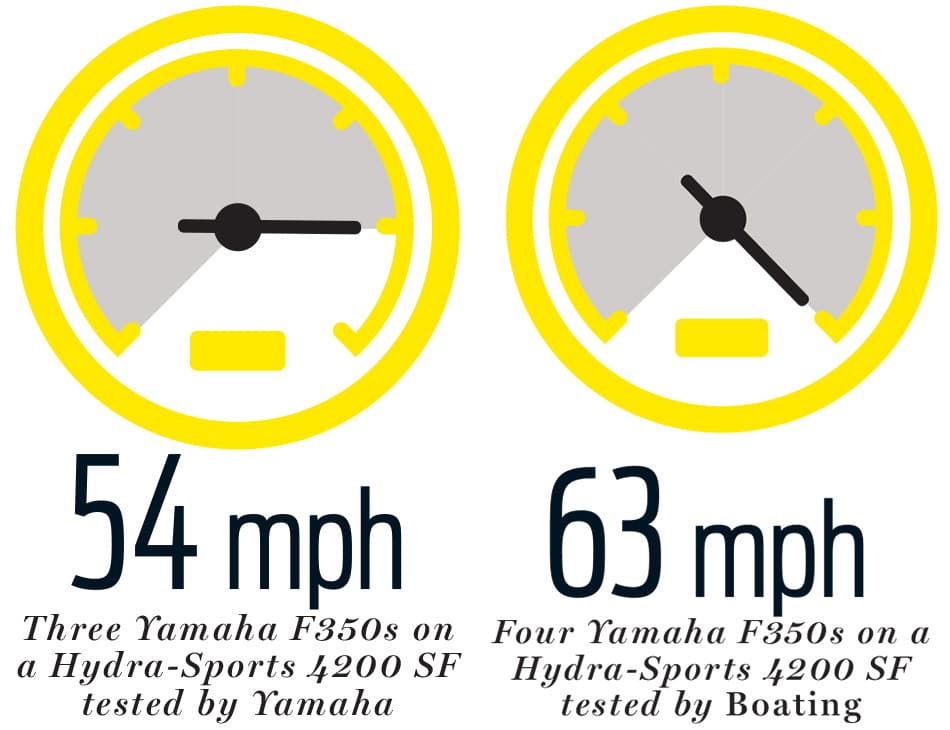
Triple vs Quad Outboards
Going from three to four outboards on the same boat usually increases speed, but not proportionately to the increase in horsepower. Even so, the boat should go faster, with speed increasing anywhere from 5 to 10 mph over trips, depending on the power increase and setup. Winner: Quads
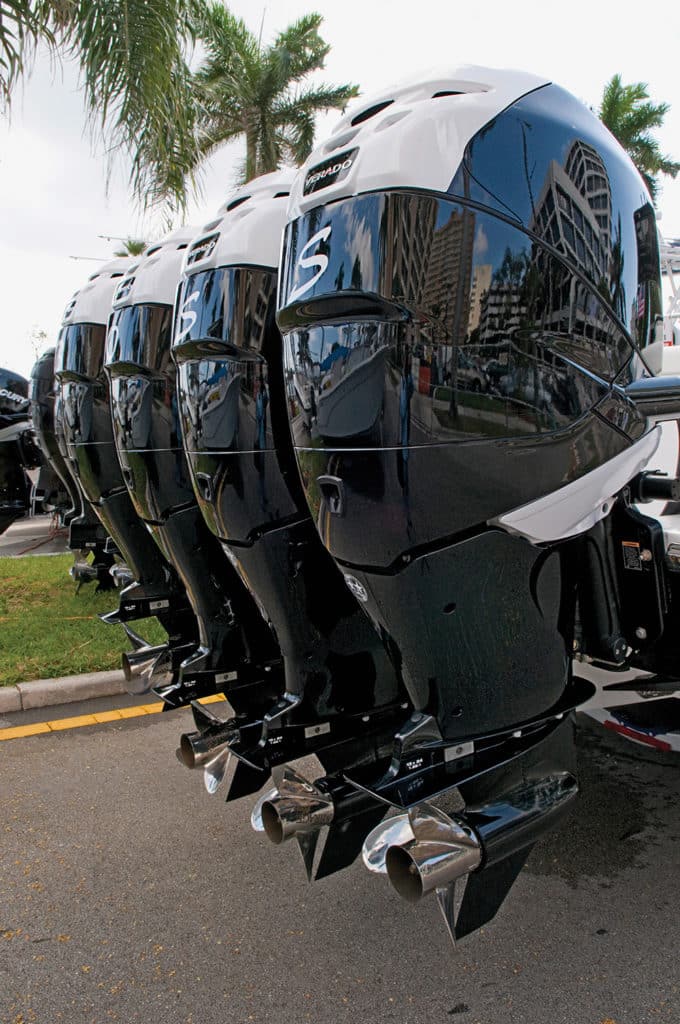
Triple vs Quad Outboards
If you’re out to impress your friends, family, dock mates and passersby, four of a kind pays off. Winner: Quads
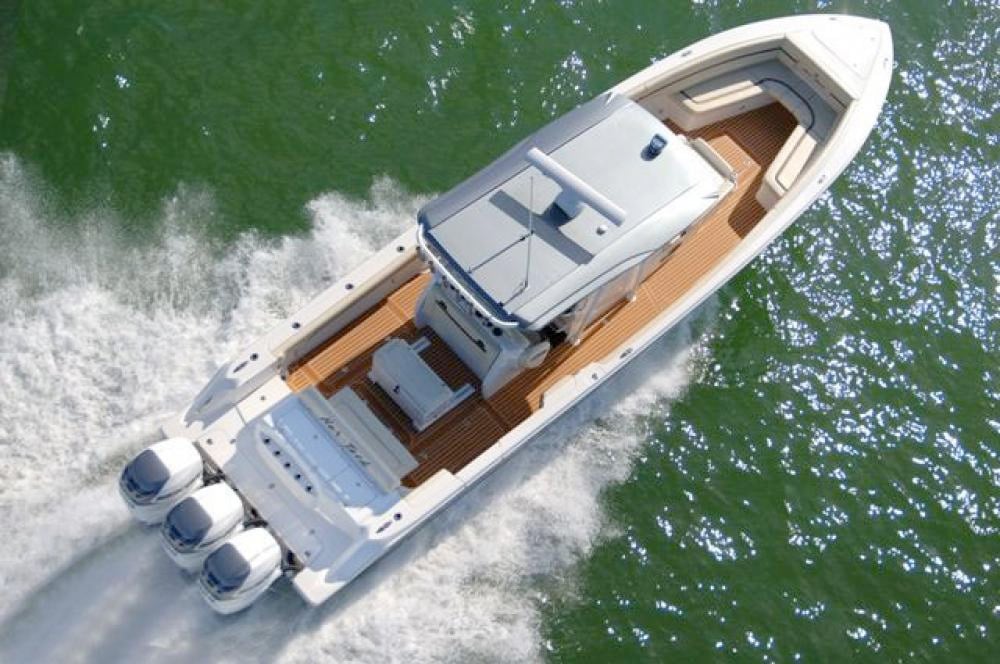
Triple vs Quad Outboards
When deciding between triple or quadruple outboards, remember that the biggest differences are in purchase price and maintenance costs, and in each case, trips are less expensive. In close-quarters handling and fuel efficiency, it’s a push. If you run them right, trips and quads are about equal in both categories. But if money is no object and you have the need for speed, acceleration and the ego boost that comes with showing off an impressive array of big engines, quadruple outboards definitely beat trips.
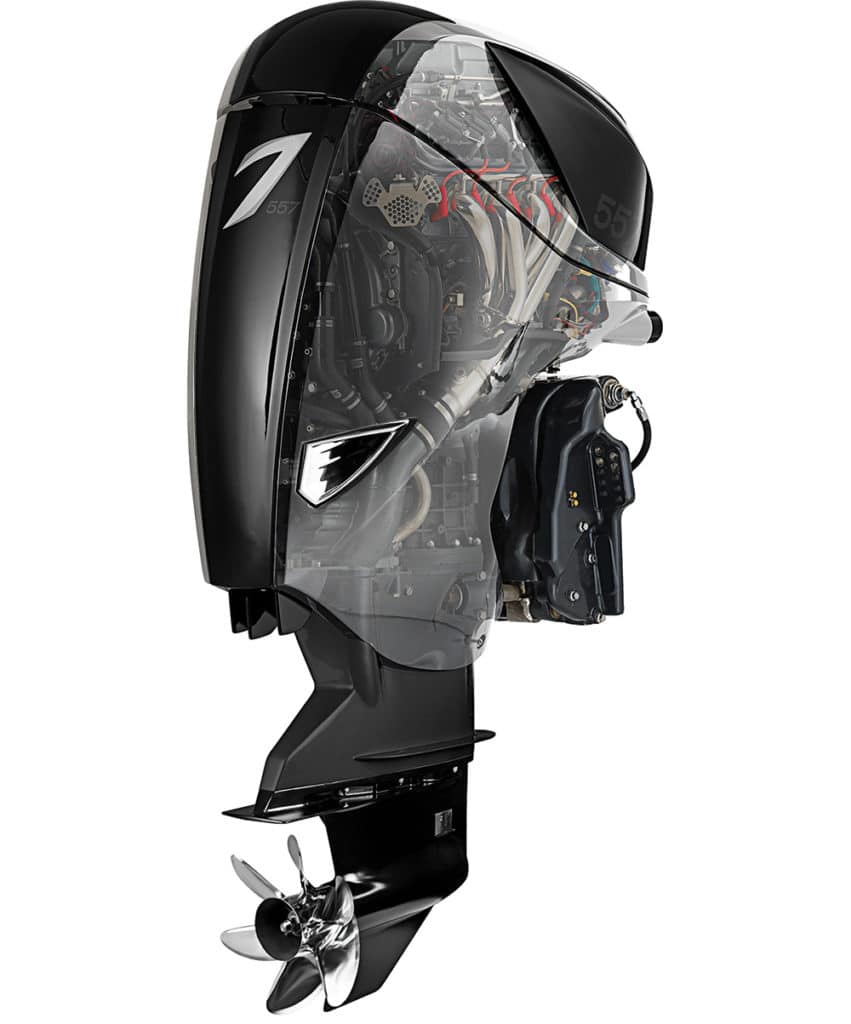
Triple vs Quad Outboards
One of the big reasons Yamaha and Mercury Racing introduced 350 hp outboards — and Seven Marine developed its 557 — was to give buyers the option of reducing the number of engines without reducing power. For example, you could buy a trio of 350s and get about the same power as from four 300 hp outboards. Because you have one fewer lower units in the water with three outboards, there is less drag, and so all other factors being equal, top speed might actually be the same with the trips, even with 50 fewer ponies than with quads.
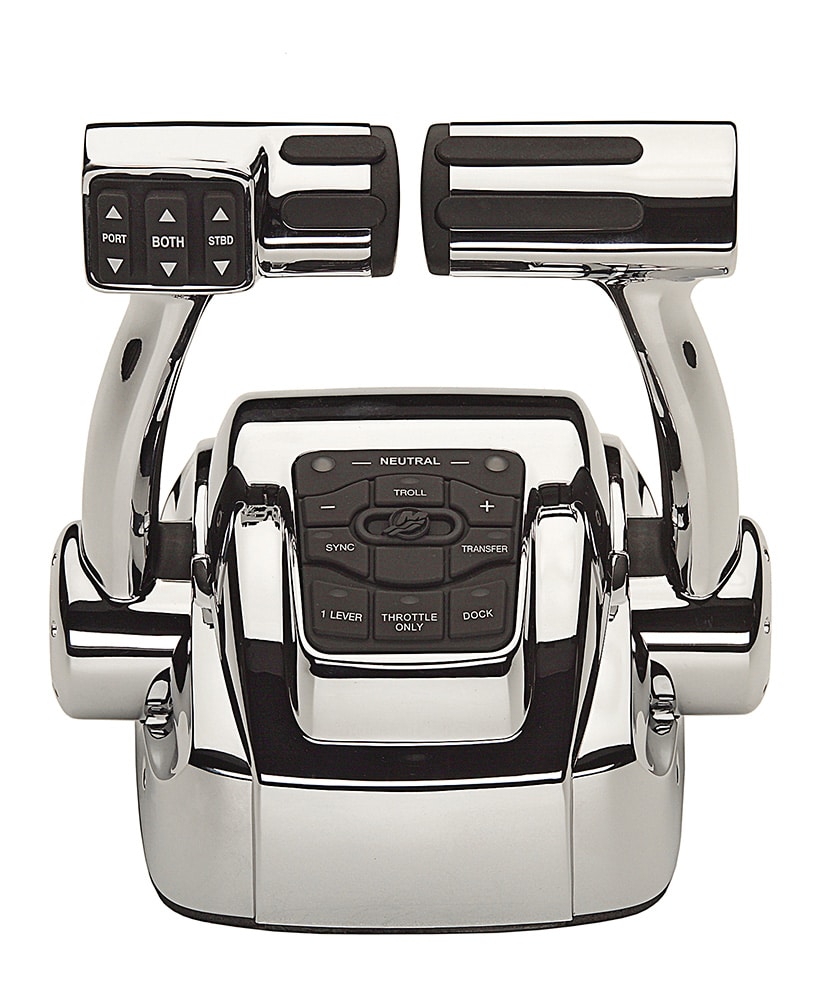
Triple vs Quad Outboards
If it’s been a while since you’ve navigated with multiple outboards, you’ll remember the hassle of trying to synchronize engine speeds. You were constantly adjusting the throttle to get rpm the same, not to mention the outboard trim angles. Well, you’ll be happy to hear that this is all in the past. With digital throttle and shift control systems like Evinrude’s Icon, Mercury’s DTS, Suzuki’s Precision Control and Yamaha’s CommandLink, rpm and trim are easy to synchronize. Push-button controls let you automatically sync the engines. When docking and maneuvering in tight quarters, disengage the sync function for independent control of the outboards.

